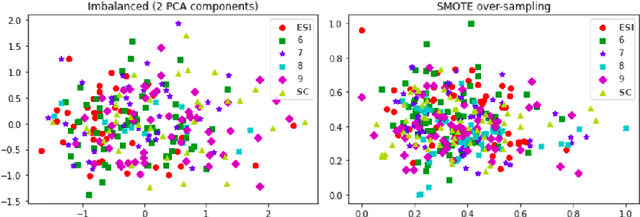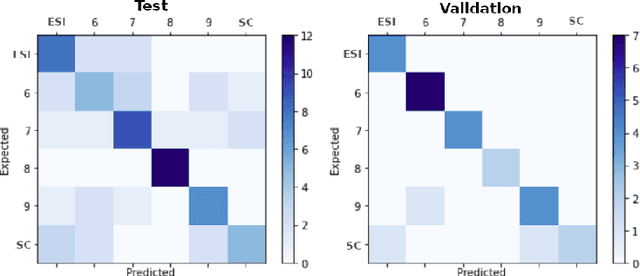NILC-Metrix: assessing the complexity of written and spoken language in Brazilian Portuguese
Paper and Code
Dec 17, 2021



This paper presents and makes publicly available the NILC-Metrix, a computational system comprising 200 metrics proposed in studies on discourse, psycholinguistics, cognitive and computational linguistics, to assess textual complexity in Brazilian Portuguese (BP). These metrics are relevant for descriptive analysis and the creation of computational models and can be used to extract information from various linguistic levels of written and spoken language. The metrics in NILC-Metrix were developed during the last 13 years, starting in 2008 with Coh-Metrix-Port, a tool developed within the scope of the PorSimples project. Coh-Metrix-Port adapted some metrics to BP from the Coh-Metrix tool that computes metrics related to cohesion and coherence of texts in English. After the end of PorSimples in 2010, new metrics were added to the initial 48 metrics of Coh-Metrix-Port. Given the large number of metrics, we present them following an organisation similar to the metrics of Coh-Metrix v3.0 to facilitate comparisons made with metrics in Portuguese and English. In this paper, we illustrate the potential of NILC-Metrix by presenting three applications: (i) a descriptive analysis of the differences between children's film subtitles and texts written for Elementary School I and II (Final Years); (ii) a new predictor of textual complexity for the corpus of original and simplified texts of the PorSimples project; (iii) a complexity prediction model for school grades, using transcripts of children's story narratives told by teenagers. For each application, we evaluate which groups of metrics are more discriminative, showing their contribution for each task.
 Add to Chrome
Add to Chrome Add to Firefox
Add to Firefox Add to Edge
Add to Edge